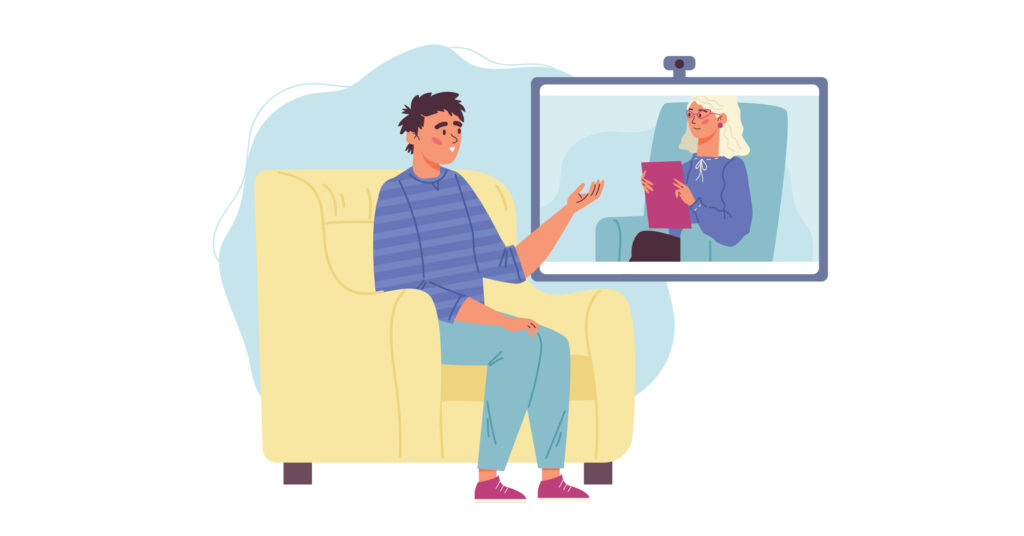Everyone zones out sometimes. Daydreaming during a boring meeting or imagining a dream vacation isn’t unusual; in fact, it’s a natural part of how the brain processes information. But for some people, daydreaming can become excessive, disruptive and even distressing. This is known as maladaptive daydreaming, a condition where immersive fantasy life takes priority over real life.
Let’s explore what maladaptive daydreaming looks like, why it happens and how to regain control.
What Is Maladaptive Daydreaming?
Maladaptive daydreaming isn’t just regular daydreaming taken to an extreme. It’s a behavioral pattern where a person spends significant time engaging in vivid, complex fantasies that interfere with their daily life. These imagined worlds can become more emotionally engaging than reality, pulling the person away from responsibilities, relationships or mental wellness.
Unlike typical daydreaming, maladaptive daydreaming:
- Happens for hours at a time
- Involves repetitive or scripted storylines
- Often includes physical movements, such as pacing, rocking or facial expressions
- Can be triggered by music, boredom, loneliness or trauma
- Feels compulsive or addictive, and the person often struggles to stop
People who experience this pattern may know their behavior is interfering with life, but they find it difficult to stop.
Is It a Mental Health Disorder?
Maladaptive daydreaming isn’t currently recognized as an official mental health disorder in the Diagnostic and Statistical Manual of Mental Disorders, but it’s a topic of growing interest in psychological research. It often overlaps with conditions such as:
- ADHD
- Obsessive-compulsive disorder
- Anxiety disorders
- Dissociative disorders
- Depression
- PTSD or trauma history
In some cases, maladaptive daydreaming can be a coping mechanism — a way to escape from emotional pain, isolation or stress. While it may start as a form of relief, it can evolve into a harmful habit that deepens disconnection from reality.
Signs You Might Be Experiencing Maladaptive Daydreaming
If you’re unsure whether your daydreaming is a problem, here are a few signs to consider:
- You spend multiple hours a day lost in imagined scenarios.
- You neglect responsibilities, social connections or sleep due to daydreaming.
- You feel distress, shame or frustration about your daydreaming habits.
- Your daydreams follow elaborate plots, often with recurring characters or stories.
- You feel a strong urge to continue daydreaming, even when you try to stop.
Everyone daydreams, but if it starts interfering with your mental or emotional functioning, it may be time to seek help.
How to Stop Maladaptive Daydreaming
Reducing maladaptive daydreaming takes time, especially if it’s become a source of emotional comfort or escape. Here are steps that may help:
- Increase Self-Awareness
Start by tracking when and why you daydream. Is it boredom? Loneliness? Stress? Identifying the emotional triggers can help you replace the habit with something healthier. - Create Structure in Your Day
Maladaptive daydreaming often thrives in unstructured time. Building a consistent daily routine with scheduled breaks, goals and social interaction can leave less room for fantasy. - Limit Triggers
If music or certain environments fuel your daydreams, consider changing your habits. Some people benefit from taking breaks without headphones or switching to tasks that require more focus. - Practice Grounding Techniques
Mindfulness, journaling or physical grounding exercises can help keep you present in your body and reduce dissociative tendencies.
Talk to a Mental Health Professional
Since maladaptive daydreaming may be linked to deeper mental health challenges, therapy can be a powerful tool. Cognitive behavioral therapy, for example, can help identify unhealthy thought patterns and develop better coping strategies.
Finding a Healthier Balance
Your imagination isn’t the problem. The issue is when your inner world takes over your outer one. Escaping into fantasy might feel comforting at first, but healing comes from learning how to face reality with strength and self-compassion.
We Can Help
If you feel trapped by your daydreams, you’re not alone. The Mental Health Hotline connects individuals with compassionate mental health professionals who understand the struggle and are ready to help. The support you need is just one conversation away, so reach out today.


